In the Northern hemisphere summer is in full swing and nature sharing its most abundant fruit range. From strawberries, raspberries and cherries to red and black currants, blueberries, peaches and plums… you name it. The list continues.

With all of this abundance comes my love for preserving the juiciness, the sweet summery flavors, the vibrant colors.
Making jams or preserves and chutneys usually has the colder months and the less abundant seasons in mind. But I’m not only doing it because of that. I’m doing it for the sake of doing it. I simply enjoy the process of turning fresh fruit into something even more delicious that can be paired with tons of other things I love to make, too.
In the summer of 2023 I spent several months at Metta Earth Institute, a Yoga Retreat Center, with its own gigantic garden and tons of fresh organic vegetables and fruits. Among those red and black currants, rhubarb, elderberries, gooseberries, blueberries and Aronia berries.
If the garden didn’t grow it or not enough of it, we would get it, that is strawberries, raspberries and blueberries by picking our own at an organic farm nearby.
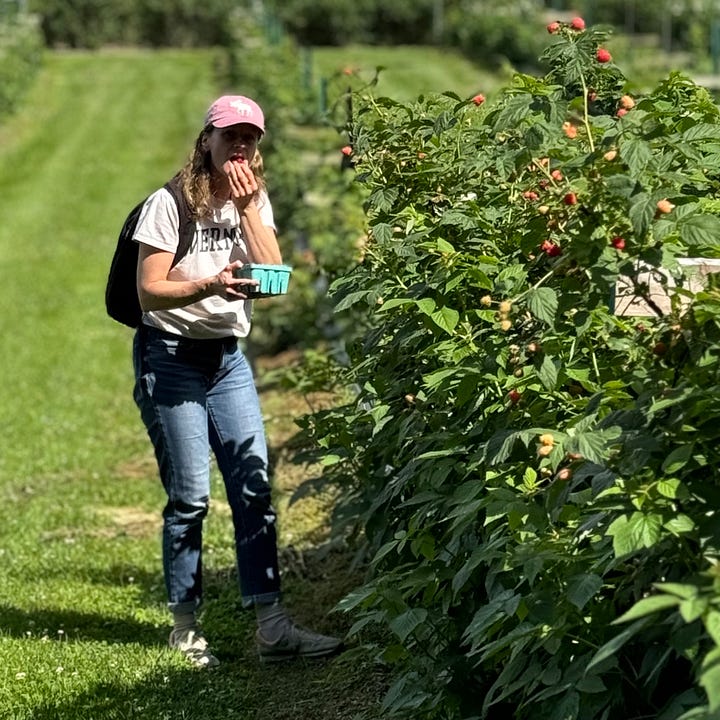
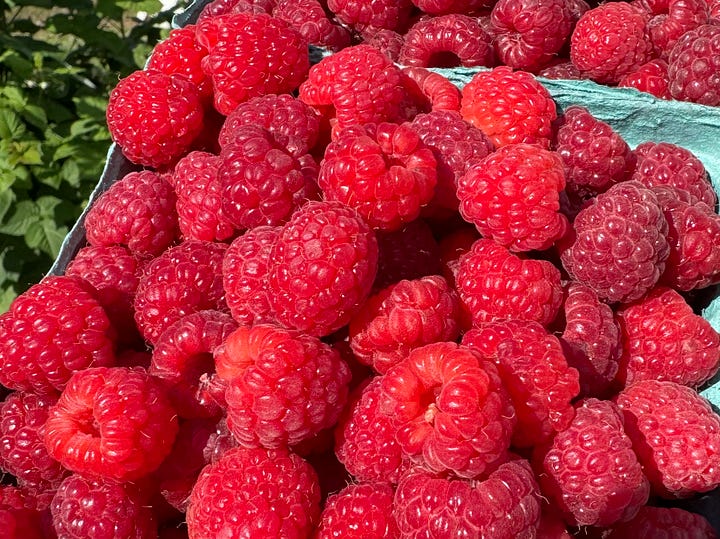
What to do with an abundance of summer fruit?
And we didn’t just pick a couple of containers, we picked trays over trays of strawberries and raspberries and buckets full of blueberries.
Why? Well, most of it did get stored for the winter by freezing the berries right after picking them. Everything else either got eaten fresh or turned into jams or chutneys.
For my first time at Metta Earth Institute in the fall of 2022 I had arrived after the fruit season had already been finished, but with the harvest season in full swing.
With being so passionate about cooking and baking, preserving or processing fresh produce, I happily spent quite some time in the spacious kitchen at Metta Earth making all sorts of smaller and bigger treats and meals, too.
The abundance of fresh fruits from the garden last summer - with still plenty of berries in the freezer from previous years - called for creative ways of preserving them.
This didn’t mean merely making jams and chutneys. That also meant putting them in muffins and sweet bread loafs or even making a big batch of mead using red currants, lemon balm and raspberry leaves from the garden.
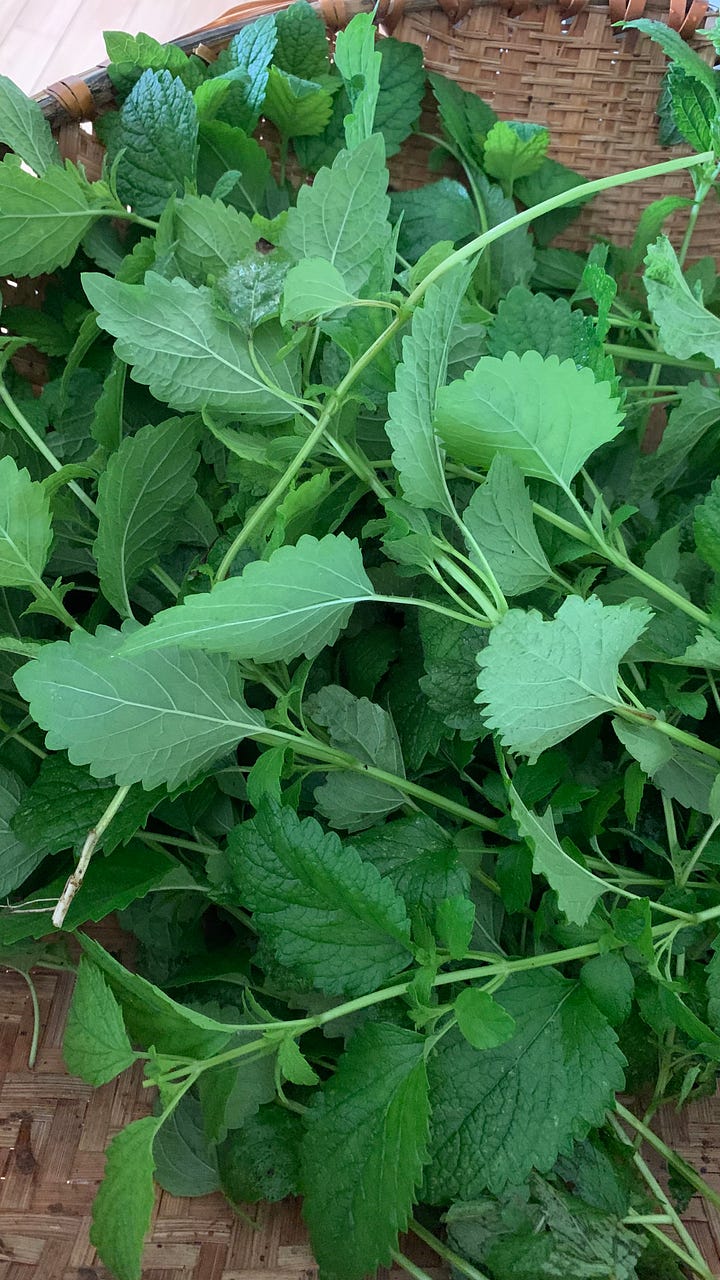

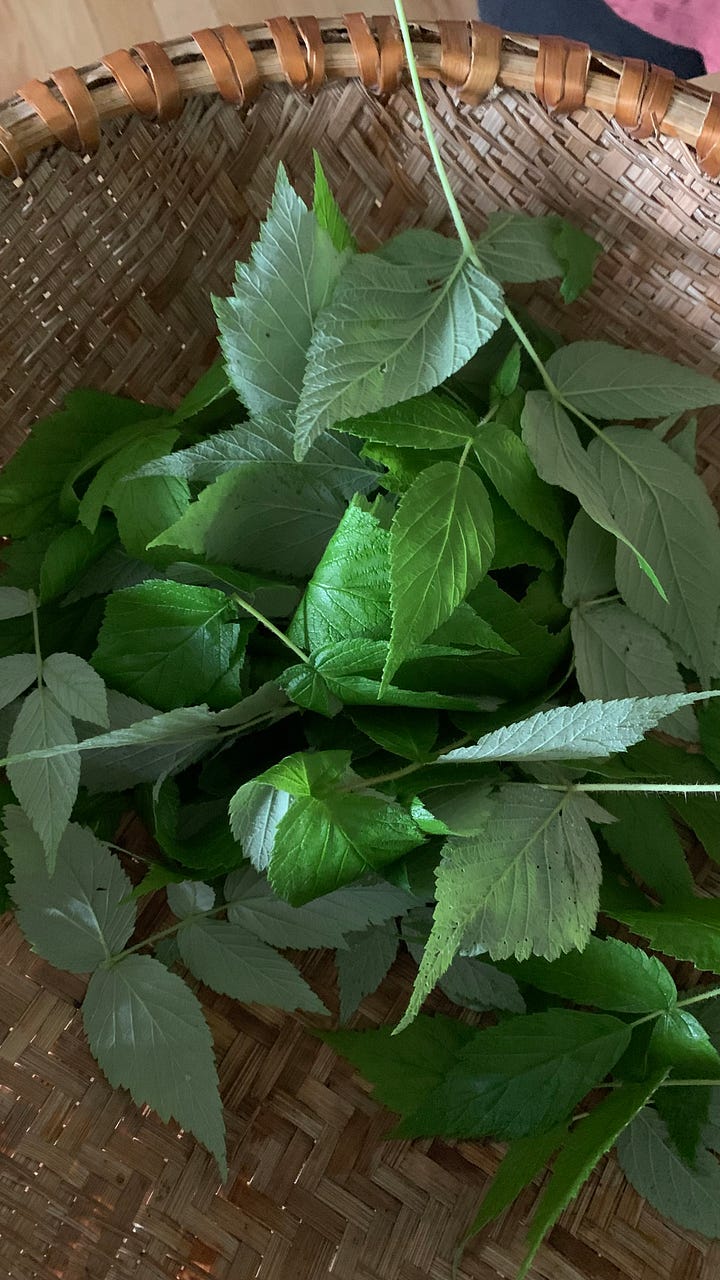

Spending the summer at a place like Metta Earth Institute had me meet quite some interesting folks, too, coming from different background, but all of them having the love for organic homegrown and homemade things.
The amount of learning from one another and teaching each other was enormous. The kitchen ended up being my favorite place to be for soaking in all the wisdom that got shared there.
I’m glad I was able to play around with ingredients, too, since the kitchen was also very well stocked with all the staples a home chef like me could ever ask for.
Preserving in the US vs Germany
Being in Vermont also means using local ingredients and substituting them with what this state has to offer. For example using maple syrup instead of sugar, apple cider vinegar instead of lemon juice. Most of the recipes being used are simple ones that can easily be scaled into larger batches, too.
Making jam or chutney at Metta Earth didn’t mean just a couple of jars. It often meant a dozen of them or more.
Being German I grew up with a simple preserving technique and using ready-made preserving sugar for jam-making. Now in the US making jam calls for either fruit that naturally contains lots of natural pectin, such as apples, or adding pectin to the fruit.
A simpler version - that I actually prefer - simply uses sugar or even just maple syrup.
Another difference I had already noticed while spending a couple months in Southern Vermont in the fall of 2021, was the way of sealing the jars. Apparently in the US everyone is preserving their jams, preserves and chutneys by using a quite elaborate and involved process of preparing the jars and lids as well as boiling the jars in water for at least 10-15 minutes.
The German way of preserving simply uses clean or better sterilized jars and lids - I usually do it by pouring boiling water over and in jars and lids and trying to work very clean, that means not touching the inner parts of lids and jars after sterilizing them.
The jam or chutney is then filled into the jars, lids screwed on tight and then turned upside down for eliminating the oxygen in the jar. This way of preservation usually keeps everything preserved and fresh up to several months, especially when stored in the fridge, which shouldn’t be necessary when done right.
Recipe: Mel’s red currant chutney (with maple syrup)
As I was playing around with the abundance of red currants last summer, I was also looking into different chutney recipes.
I love the sweet and spicy blend of chutneys. Not only for Indian food, but also for different types of cheeses or any other dish really, where I see a great pairing.
Chutney is a condiment. A spicy dipping sauce or spread that is mainly used in the Indian cuisine using all sorts of fresh fruit, most often tomatoes, and herbs such as mint or cilantro.
As for me who loves to play with fresh fruit in condiments like this, I’m all in for using peaches, pears or red currants.
Hence the recipe below uses red currants, harvested at Metta Earth garden.
This is what you need for the Red Currant Chutney
Yields to approx. 3 pint jars of chutney
1 big red onion
2 inches ginger (grated)
3-4 medium cloves of garlic
6 slices of lemon peel (sliced off of a whole lemon)
2 tbsp of olive oil
2 lbs red currants (fresh or frozen)
approx 2 cups of maple syrup
4 tbsp Balsamic Vinegar
2 tsp brown mustard seeds
1-2 tsp coriander seeds
1 tsp cumin seeds
1 tsp salt
½ tsp black pepper
1 tsp turmeric (ground)
2 sticks of cinnamon or 1 tsp ground
1-2 tsp Cayenne
1-2 tsp 5 spice powder (optional)
Instructions
Prepare the fresh ingredients, chop the garlic, grate the ginger, and dice the onion. Peel the lemon.
Heat a pot with the oil and add the seeds (brown mustard, coriander, cumin). Keep on a lower heat setting to temper spices. Be careful, mustard seeds tend to jump out of the pot. Temper the seeds until you can smell the nutty aroma of the mustard seeds.
Stir in the diced onion and keep on a medium heat setting. Sauté the onion to soften a bit.
Stir in ginger and garlic, also sauté for a couple minutes.
Stir in the red currants and the maple. Mix and keep on medium heat.
Use the rest of the spices to season the mix. Add Balsamic Vinegar and the lemon peel.
Mix and bring to a rolling boil. Reduce heat and allow the Chutney to simmer slowly over a low heat setting so it can reduce slowly and the flavors can develop.
Meanwhile prepare your jars and lids by sterilizing them with boiling water. If you wanna opt for the US method, prepare your jars and lids accordingly.
Once the Chutney has reduced take out the lemon peel and any whole spices that you added (cinnamon sticks).
Reduce to desired consistency. Make the cold plate check to test if the Chutney is ready to jar up. If it’s still runny it is not set.
Pour the Chutney into clean/sterilized jars, close lids tightly.
Store in a cool and dry place. Refrigerate after opening.




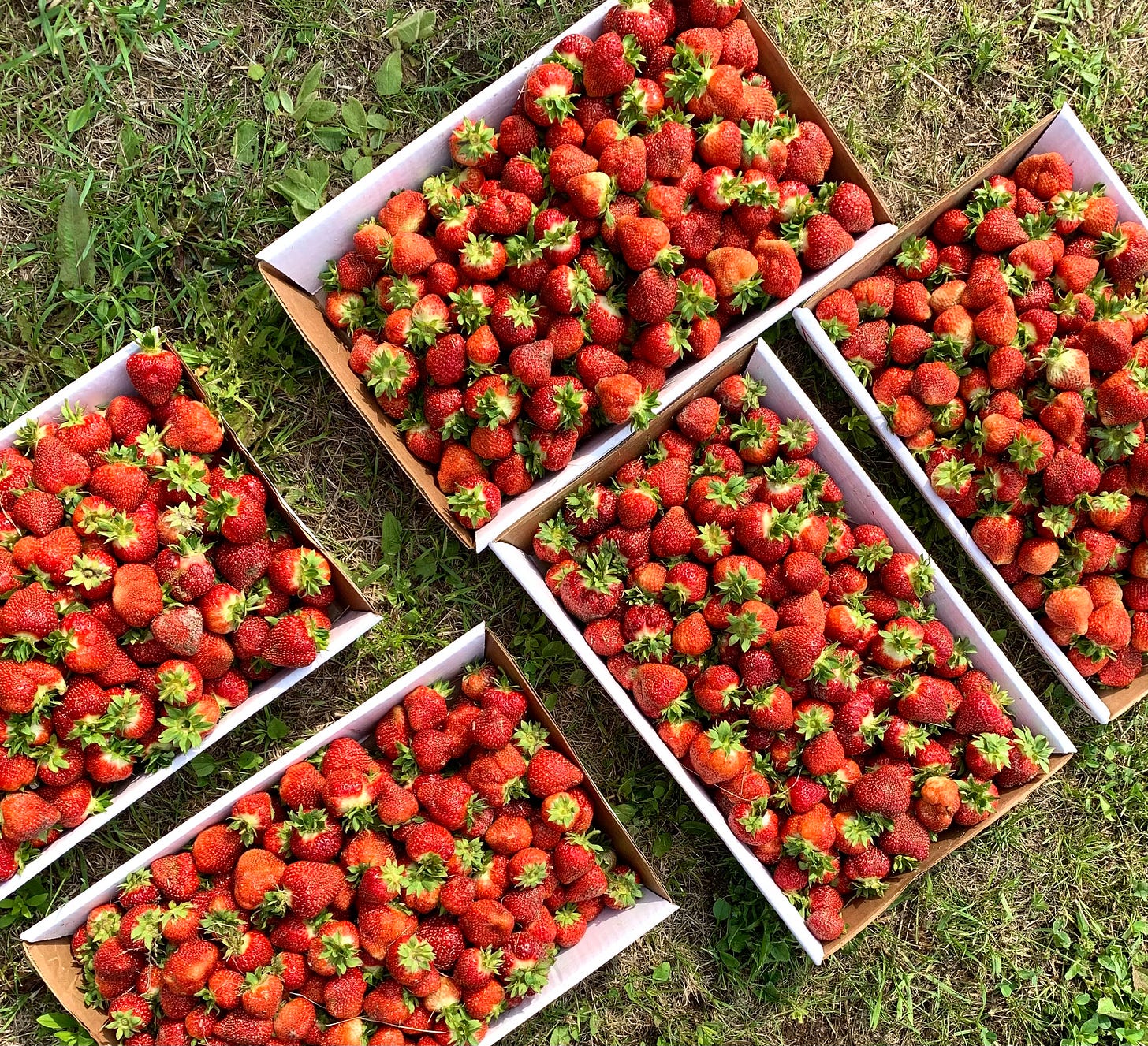
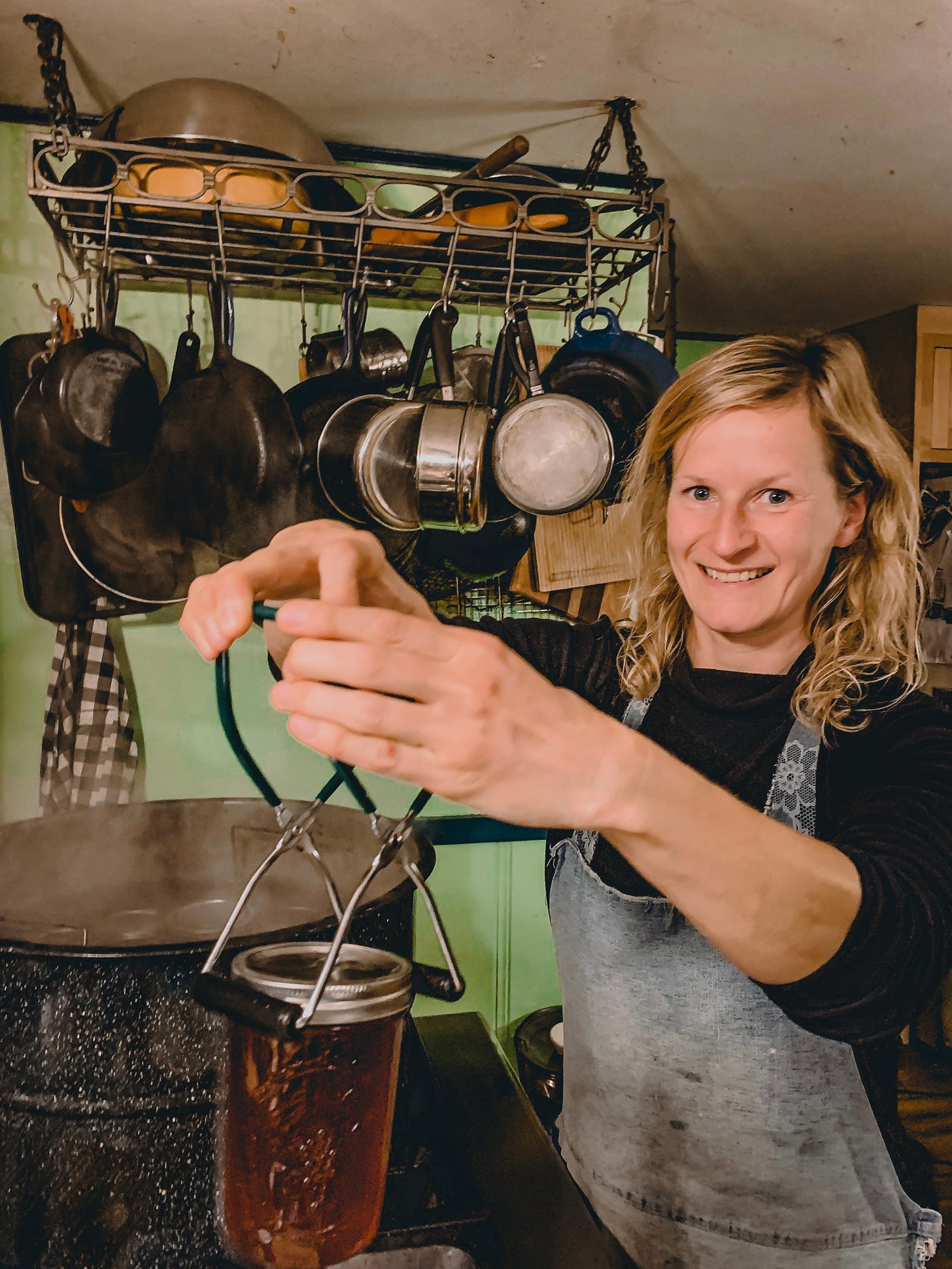
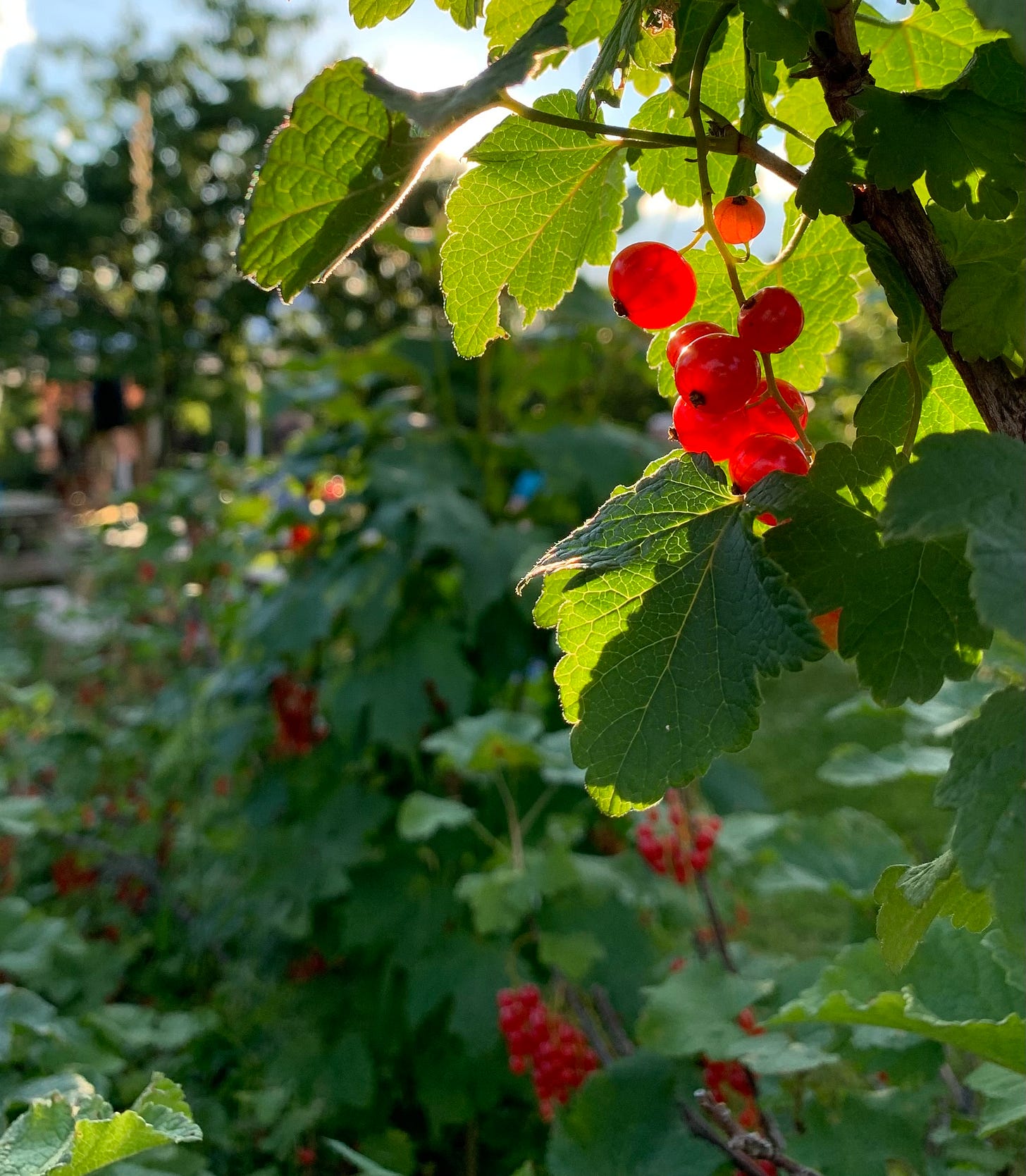
Oh this sounds delicious! I used to be right into making jams and relishes- your post is so inspirational. I will have to get back to it.